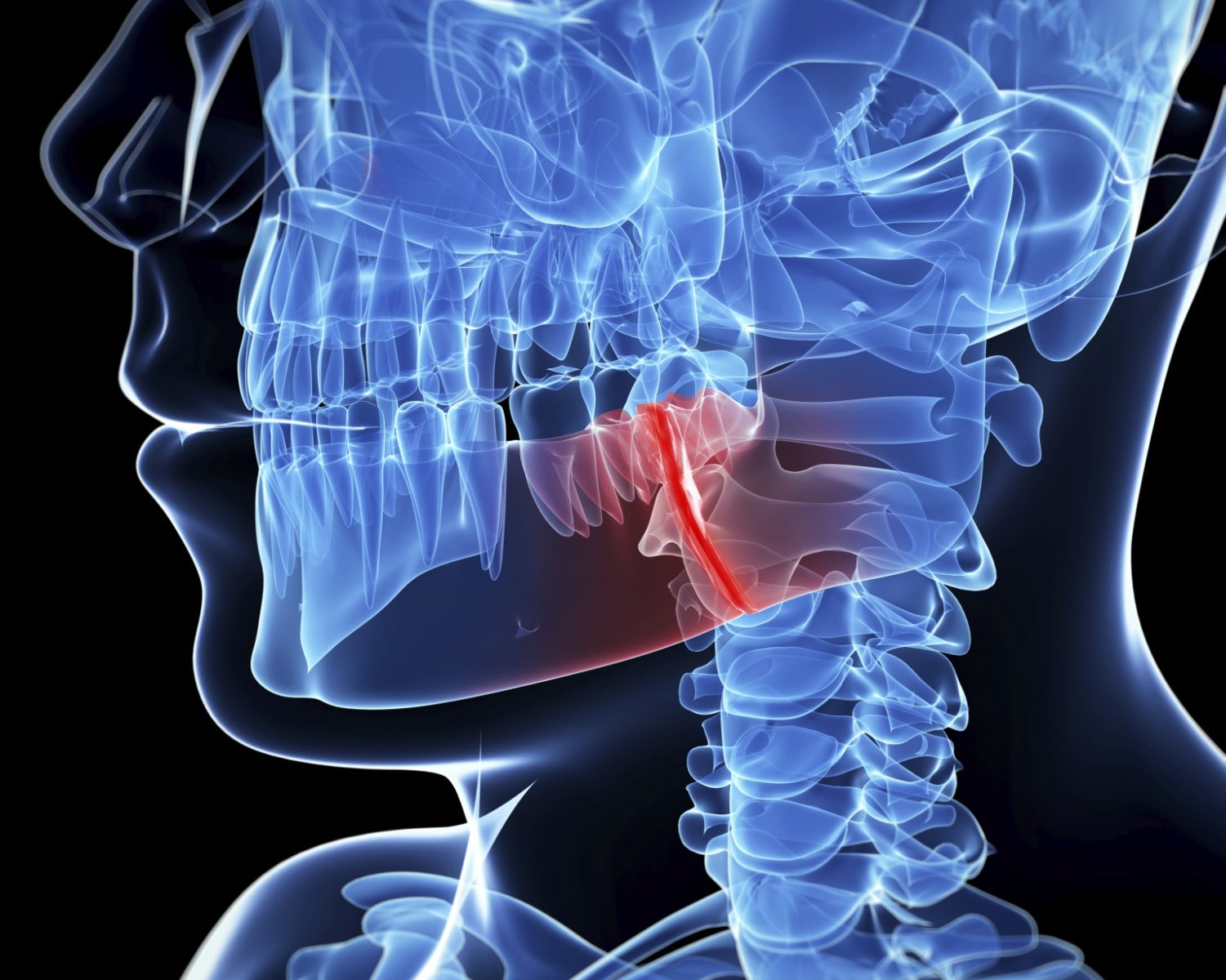Oral cavity and pharynx cancers are a growing concern in Illinois, with more than 1,850 new diagnoses each year on average between 2014 and 2018, according to the National Cancer Institute. These cancers, affecting the mouth and throat, are reportedly on the rise. However, early detection plays a crucial role in effective treatment and prevention. Regular oral cancer screenings are essential for identifying these conditions before they advance.
Continue reading “The Importance of Screenings for Oral Cancers | Chicago Dentist”Determine Your Eligibility for Gum Recession Treatment | Chicago Dentist
Gum recession, where the gum tissue wears away, exposing the tooth roots, can lead to sensitivity, decay, and aesthetic concerns. If you are experiencing gum recession, you might wonder if you’re a candidate for treatment. Several factors influence eligibility for gum recession treatment, and understanding these can help you make informed decisions about your dental health.
Continue reading “Determine Your Eligibility for Gum Recession Treatment | Chicago Dentist”Navigating the Certification Journey for Pinhole Gum Restoration | Chicago Dentist
The field of dentistry is ever-evolving, and as new techniques emerge, so does the need for specialized skills and certifications. One such groundbreaking procedure gaining traction is the Pinhole Gum Restoration Surgical Technique, a minimally invasive approach to treating gum recession. Dentists eager to offer this innovative solution to their patients must navigate a certification process that ensures proficiency and patient safety.
Continue reading “Navigating the Certification Journey for Pinhole Gum Restoration | Chicago Dentist”A Brief Overview of Traditional Gum Restoration Surgery | Chicago Dentist
Your smile is a powerful asset that can light up a room, boost your confidence, and leave a lasting impression. However, issues such as receding gums can detract from the beauty of your pearly whites and even lead to oral health concerns. Before the advent of the innovative Pinhole Surgical Technique (PST), traditional gum restoration surgeries were the go-to solution for addressing gum recession.
Continue reading “A Brief Overview of Traditional Gum Restoration Surgery | Chicago Dentist”Receding Gums: The Silent Health Threat | Chicago Dentist
When it comes to oral health, most people focus on issues like cavities, tooth decay, and gum disease. However, one common yet often overlooked problem is receding gums. Receding gums, also known as gingival recession, can have a significant impact on your oral and overall health.
Continue reading “Receding Gums: The Silent Health Threat | Chicago Dentist”Getting a New Smile in a Single Day | Chicago Dentist

As we embark on a brand-new year, many of us sit down and reflect on things they’d like to improve upon. For some, it’s fitness. For others, it’s a lifestyle improvement. If you have a flawed smile, you may want to consider cosmetic dentistry. Believe it or not, you can get your grin fixed in a single day. Don’t believe it? May we introduce you to All-on-4 implants in a day. Although this form of treatment has received a significant amount of media attention in the past couple of years, this is a service we have been providing to our patients for some time.
Not sure you are eligible? There are generally two areas where this treatment is an option:
In certain patients with a front tooth that needs to be extracted and there is sufficient bone, the periodontist will remove the tooth and place a temporary implant on the same day. For individuals who are losing all of their teeth, we do a procedure called all on 4 (AO4). Not only is your replacement created in-office, but in six months later, you have the permanent appliance.
Once the periodontist places the implants (4-6 depending on the patient), there are precautions that the patient must take during the initial period to avoid biting on anything hard.
One thing that is not mentioned in the advertising is that in all instances, the immediate teeth are temporary and further work will be required 6 months later to ensure everything is working properly. In addition, the appliances must be kept clean to prevent the tissues from getting infected. The follow up cleaning appointments are typically alternated between the periodontist and the patient’s general dentist.
If you would like more information about all-on-4 implants, call Dr. Cabrera in Chicago, IL at 312-994-7939 or visit www.perioimplantchicago.com.
Dr. Peter O. Cabrera proudly serves Chicago and all surrounding areas.
Diabetes and Your Smile | Chicago Dentist

Diabetes is a disease that runs rampant through our country. In fact, over 29 million Americans suffer from diabetes – and that’s just counting those that have been diagnosed. Because of this, it is no surprise that many of us are focused on keeping ourselves healthy as much as possible. But did you know that diabetes is directly affected by our oral health, and vice versa? It’s true. Diabetes is a disease focused on sugar levels, and sugar is terrible for our oral health. Our mouths are the main line of defense to many of our illnesses, so if it becomes compromised, our overall health is affected.
November is National Diabetes Month, so to celebrate, let’s take a look at just how closely diabetes and our oral health is linked. One symptom of diabetes is being excessively thirsty. If you are thirsty, you are not producing saliva, the main defense against bacteria. These bacteria are left to create cavities and other dental issues like gum disease. Bleeding and inflamed gums are common symptoms of gum disease and because diabetes make it harder for wounds to heal, you are more susceptible to more issues if left untreated.
Thankfully, your periodontist will be able to help with this cyclical predicament, but it starts with an appointment. By treating gum disease, you are going to help keep your blood sugar levels in check much easier, as gum disease increases these levels but is rarely taken into account. Proper dental hygiene (including dentures), changing bad habits like smoking and poor diet, and in-office deep cleanings will keep your smiles healthy and diabetes in check.
If you would like more information about diabetes and your health, call Dr. Cabrera in Chicago, IL at 312-994-7939 or visit www.perioimplantchicago.com.
Dr. Peter O. Cabrera proudly serves Chicago and all surrounding areas.
Celebrating Halloween with Braces | Chicago Dentist

October is National Orthodontic Health Month, and coincidentally, Halloween. So, in honor of these two fantastic occasions, let’s do a quick run-down of what to expect from this scary holiday if you do decide to not look after your braces, because the consequences will be more frightening than the holiday itself. When we get our braces put on, we are warned that there are certain foods we will have to forgo while our braces are fixing our smile. Popcorn, nuts, gum and all hard, sticky or chewy candies are monstrous to your mouth’s delicate appliances.
Hard candy, like lollypops, are a favorite because they last a while if we suck on them. The problem is having the sugar linger around in your mouth as the candy dissolves makes it easier for cavities to form. And if you chomp on them, you can run the risk of breaking off one of your brackets or chipping an actual tooth. Chewy candies, like a gummy bear or a jellybean, have similar results but have a tendency to get stuck in the crevices of your molars, making a perfect hideout for cavities. Sticky candy, like caramels or chewing gum, are some of the worst treats of all. Not only can they pull off a bracket from your tooth, but they can burrow within your molars as well, making them basically a sweet combination of the two others. There are also candies on the market that are sour than they are sweet and are an absolute favorite with all kids today. The sourness is actually acidic and can break down your tooth’s enamel, making them more prone to decay, so try to limit these candies the most. Have a happy Halloween!
If you would like more information about celebrating Halloween with braces, call Dr. Cabrera in Chicago, IL at 312-994-7939 or visit www.perioimplantchicago.com.
Dr. Peter O. Cabrera proudly serves Chicago and all surrounding areas.
Soft Tissue Grafting: A Case Study | Chicago Dentist

Although most people concentrate on the teeth for an attractive, healthy smile, the appearance of the gums cannot be ignored. Because your gums are the “frame of your smile”, an ugly frame will destroy the appearance of a beautiful smile. Knowing this, we will often use soft tissue to enhance the appearance of the tissue in conjunction with new restorations. The following case demonstrates one such example:
This case illustrates a 35-year-old physician who was missing two teeth in the front and had a bridge placed many years ago. She did not like the appearance of the bridge and wanted to replace it. The before photos illustrate how an unsightly indentation in the gum tissue compromised the appearance of the bridge. In addition to replacing the bridge, we wanted to improve the appearance of the tissue in order to improve her “picture frame”. Utilizing minimally invasive tunneling procedures, a collagen graft was placed to build out the tissue and create an appearance that a tooth was present, but in actuality, it is missing. The improvement was seen immediately at the time of surgery, and after several weeks in a new temporary bridge, the result is even more apparent. As you can see, we have created the illusion that there are teeth present by simply reconstructing the tissue.
If you find that you have gums that are affecting your smile and self-confidence, soft tissue grafting may just be the solution you’ve been looking for. Not only will it improve the look of your gums but will also give you a discreet way to bring back a reason to smile.
If you would like more information about dental bridges, call Dr. Cabrera in Chicago, IL at 312-994-7939 or visit www.perioimplantchicago.com.
Dr. Peter O. Cabrera proudly serves Chicago and all surrounding areas.
Recession and Permanent Orthodontic Retainers | Chicago Dentist

An important component of orthodontic therapy is retaining the teeth in their final position to prevent relapse. This retention is either in the form of a removable retainer or a fixed, permanent retainer. The latter is typically used on the inside part of the lower front teeth by bonding a wire to the six front teeth. However, not all wires are passive. In some cases, the wire retains tension and will force the teeth out of the bone over time.
We have seen an increased number of cases over the past few years.
The first case (fig 4) shows the recession and the wire along the tongue side. The second case (5-8) shows severe localized recession due to the torqueing motion of the wire.
This patient reported that she had a failed graft done several months before. In reality, the position of the tooth made it virtually impossible for any graft to succeed. This highlights that the most Important part of any treatment is an accurate diagnosis. The third case reflects the same problem.
If you see recession, it is time to visit a periodontist. As part of the comprehensive exam, Dr. Cabrera will check all factors that may be contributing to the recession. If a fixed retainer is contributing to the problem, Dr. Cabrera will inform you and make the appropriate recommendation.
If you would like more information about retainers, call Dr. Cabrera in Chicago, IL at 312-994-7939 or visit www.perioimplantchicago.com.
Dr. Peter O. Cabrera proudly serves Chicago and all surrounding areas.




